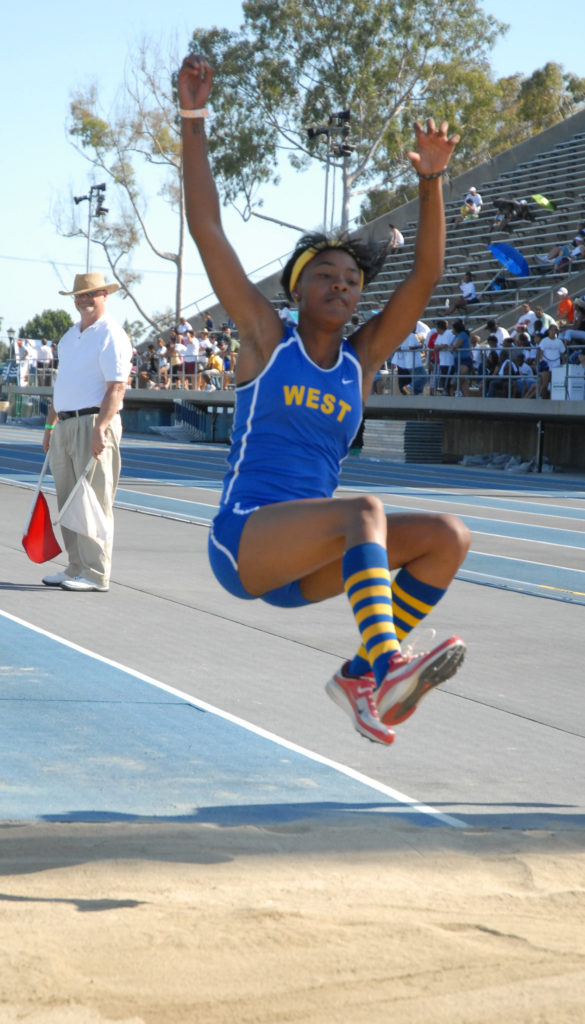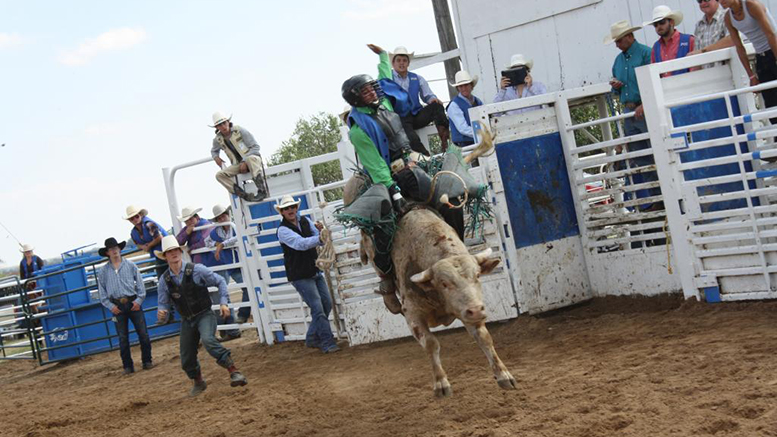Student-athletes face challenges that many of their traditional peers do not.
Not only are athletes expected to perform in their sport, they’re also required to achieve in the classroom, a dual hardship for a demographic already tackling the difficulties associated with non-traditional learning.
This excerpt comes from the new August/September issue of AACC’s Community College Journal. Read it online.
But with athletics programs entrenched at many two-year colleges — more than 60,000 enrollees participate in intercollegiate sports annually — dedicated teams of administrators, coaches, faculty and athletic directors are helping scholar-athletes identify their academic goals while giving them an opportunity to play their favorite sport. The successful recruitment, retention, graduation and transfer of these individuals must continue to be a campus-wide commitment, say college officials.
‘Playing is a privilege’
For community colleges that offer intercollegiate sports, athletics are considered an integral part of the educational experience, teaching participants life-long lessons in discipline and perseverance. However, the role of sports at two-year colleges like Union County College (UCC), which enrolls 10,000 students at three major campuses and two satellite locations, varies from four-year institutions due to differing student bodies, educational missions and relationships to the community.
“We’re here to promote student success more so than sports, period,” says UCC President Margaret McMenamin. “Student-athletes are developing organizational skills, leadership and teamwork. It’s not about athletics, but the maturation process that launches them into a four-year school or career.”
Considering time is the enemy of any community college learner, the Cranford, New Jersey-based institution and other sports-friendly institutions have established a culture laser-focused on academics.
“The longer student-athletes stay enrolled, the less likely they’re going to graduate,” McMenamin says. “Playing is a privilege here, so if you want to play, we’re going to hold you to a higher standard academically and behaviorally. Our kids don’t realize it’s the college degree that will change their lives. They fantasize about the pros, but the most important thing we can do is get them across the finish line academically.”

About 250 students are involved in sports at West Los Angeles College. (Photo: WLAC)
Like all community colleges with an athletic component, Union County College follows academic standards mandated by the National Junior College Athletic Association (NJCAA), a regulatory organization overseeing 518 member colleges. Per NJCAA rules, student-athletes must enroll in 12 or more credit hours per semester and maintain a minimum 2.0 GPA to retain their eligibility.
Numerous institutions, including Pratt Community College (PCC) in Pratt, Kansas, require a higher classroom acumen from their athletes. PCC, which offers traditional sports such as basketball and soccer alongside a rodeo program and an online esports competitive gaming team, instituted a minimum 2.5 GPA for its young charges after their freshman year, aligning with rules of the NCAA-affiliated four-year institutions that many players hope to one day attend.
PCC competes at the Division I level as a member of the Kansas Jayhawk Community College Conference (KJCCC). The college also provides scholarships similar to NCAA Division II athletics, where institutions are able to fundraise a pool of money to fill out a full roster.
PCC President Michael Calvert says most of the college’s 275 student-athletes were under- recruited in high school, and view the competitive KJCCC as a stepping stone to something bigger. About 60 percent of PCC’s 2,500 students take a general education transfer curriculum, while the remaining 40 percent are enrolled in job-based technical courses.
“Our reputation is tremendous,” Calvert says. “I coached football in this league for eight years, and would see NCAA recruiters come through. Playing here gives kids an opportunity to show off to schools that normally wouldn’t recruit a high school student from this state.”
A delicate balance
Community college scholar-athletes share some key traits with the general student population, observers say. Many are first-generation university students coming from unstructured environments, and often don’t have the grades or financial backing needed for a four-year college or university.
But athletes also encounter scheduling challenges their traditional peers don’t, necessitating careful deliberation in how they balance their academic and personal lives with a heavy sports load.
“Student-athletes do everything non-athletes do, plus more,” says Lily Mozafari, academic athletic counselor at West Los Angeles College in California. “There’s a pressure to succeed academically in a more structured and limited time frame.”

